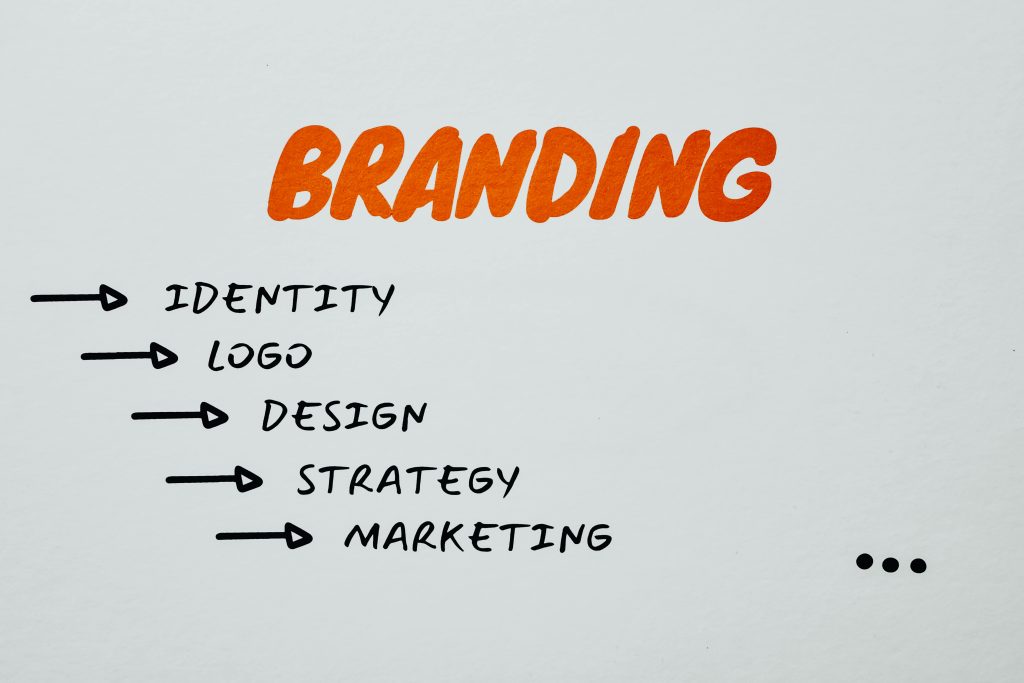Introduction
The digital marketing landscape evolves rapidly. Algorithms change. Platforms rise and fall. Consumer behaviors shift.
But despite the changes, successful digital marketing strategies share common core components — essential building blocks that allow businesses to connect with their audiences, generate leads, and drive sustainable growth.

In this guide, we’ll break down the key components of a modern digital marketing strategy that works in today’s competitive online environment.
1. Clear Business Goals and KPIs
Before choosing tactics, you need to define your overall marketing objectives.
Common digital marketing goals:
- Increase brand awareness
- Generate qualified leads
- Drive online sales
- Grow email subscribers
- Build thought leadership
- Improve customer retention
Supporting KPIs might include:
- Website traffic
- Conversion rates
- Cost per lead (CPL)
- Return on ad spend (ROAS)
- Customer lifetime value (CLV)
Why it matters:
Without clear goals, it’s impossible to measure success or make informed marketing decisions.
2. Target Audience and Buyer Personas
Every effective marketing strategy starts with a deep understanding of your ideal customer.
Develop detailed buyer personas by identifying:
- Demographics (age, gender, location)
- Psychographics (values, interests, pain points)
- Purchasing behaviors
- Decision-making factors
- Preferred digital platforms
Why it matters:
You can’t market effectively if you don’t know who you’re speaking to. Personalised messaging increases engagement and conversion rates.
3. High-Quality Website and User Experience
Your website is your digital storefront. Every online channel eventually leads back here.
Key website elements:
- Clear navigation
- Fast loading speeds
- Mobile responsiveness
- Strong calls-to-action (CTAs)
- Trust signals (SSL certificates, reviews, testimonials)
- SEO optimisation (technical and on-page)
Why it matters:
Even the best campaigns will fail if visitors arrive on a slow, confusing, or poorly designed site.
4. Search Engine Optimisation (SEO)
SEO ensures your business appears when potential customers search for products or services you offer.

Core SEO components:
- Keyword research
- On-page optimisation (title tags, meta descriptions, internal linking)
- High-quality content
- Technical SEO (site speed, mobile-friendliness, crawlability)
- Local SEO (Google Business Profile, citations, reviews)
- Link building and authority building
Why it matters:
SEO delivers long-term organic traffic and helps reduce reliance on paid ads over time.
5. Content Marketing
Content is the fuel that drives digital marketing.
Content formats may include:
- Blog posts and articles
- Videos and webinars
- E-books and whitepapers
- Podcasts
- Infographics
- Case studies
Content goals:
- Educate and inform
- Establish authority
- Attract organic traffic
- Support lead generation
- Nurture customer relationships
Why it matters:
Valuable content builds trust and positions your business as an industry leader.
6. Email Marketing
Despite being one of the oldest digital channels, email remains one of the most effective.
Key email strategies:
- Welcome sequences
- Lead nurturing drip campaigns
- Customer onboarding
- Promotional offers
- Customer re-engagement
- Segmented lists for personalisation
Why it matters:
Email provides direct access to your audience and delivers one of the highest returns on investment (ROI) in digital marketing.
7. Social Media Marketing
Social platforms offer powerful ways to build brand visibility and engage your audience.
Popular channels:
- TikTok
- YouTube
- Twitter/X
Key strategies:
- Consistent posting schedule
- Platform-specific content
- Paid social advertising
- Influencer partnerships
- Community building and engagement
Why it matters:
Social media helps amplify your content, humanise your brand, and reach new audiences.
8. Paid Advertising (PPC & Paid Social)
Paid campaigns allow businesses to scale traffic and reach specific audiences quickly.

Paid ad channels:
- Google Ads (Search, Display, Shopping, YouTube)
- Meta Ads (Facebook & Instagram)
- LinkedIn Ads (B2B targeting)
- TikTok Ads
- Native ad networks
Critical elements:
- Laser-focused targeting
- Strong ad creatives
- Clear CTAs
- Proper conversion tracking
Why it matters:
Paid media can drive immediate results and complement longer-term organic efforts.
9. Conversion Rate Optimisation (CRO)
Driving traffic is only part of the equation. CRO ensures that visitors turn into leads or customers.
CRO elements:
- A/B testing
- Optimised landing pages
- Clear value propositions
- Simplified forms
- User behavior analysis (heatmaps, session recordings)
Why it matters:
Small improvements in conversion rates can dramatically increase revenue without increasing traffic.
10. Analytics and Performance Tracking
You can’t improve what you don’t measure.
Essential analytics tools:
- Google Analytics 4 (GA4)
- Google Search Console
- Tag Manager
- CRM and email platform reporting
- Paid ad platform dashboards
- Custom dashboards and reporting tools
Why it matters:
Data-driven decision-making allows you to refine strategies, allocate budget effectively, and demonstrate ROI.
Conclusion
A modern digital marketing strategy is not about choosing one or two tactics — it’s about building an integrated system where all components work together:

- Clear goals guide your approach.
- Content attracts your audience.
- SEO, social, and paid ads drive traffic.
- Email nurtures leads.
- CRO maximises conversions.
- Analytics fuels ongoing optimisation.
The businesses that thrive are those that build holistic digital ecosystems — not just run isolated campaigns.
